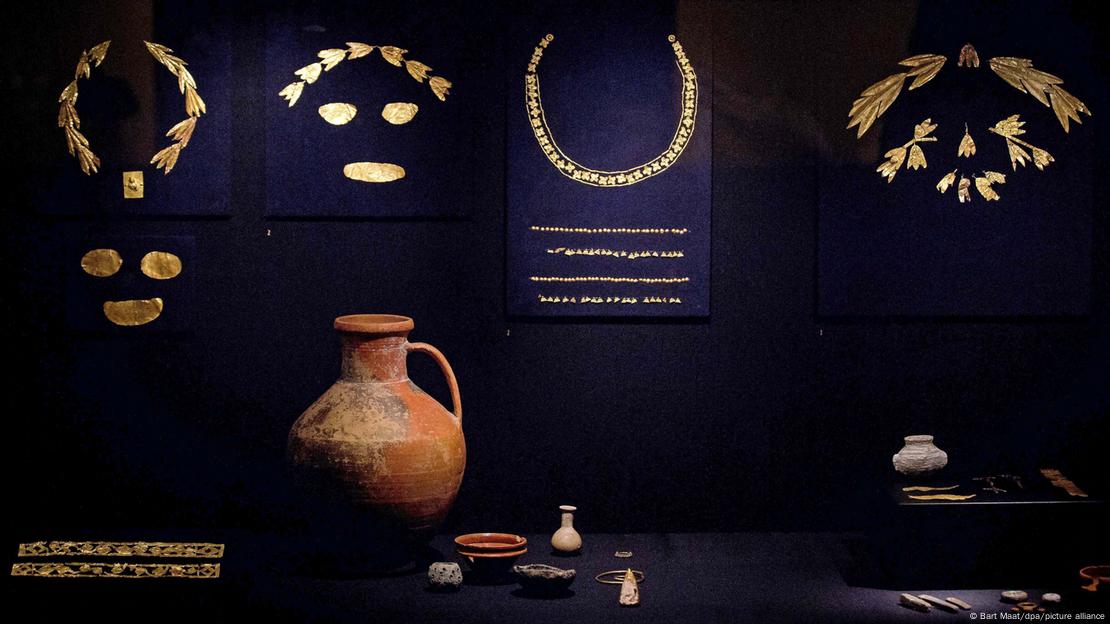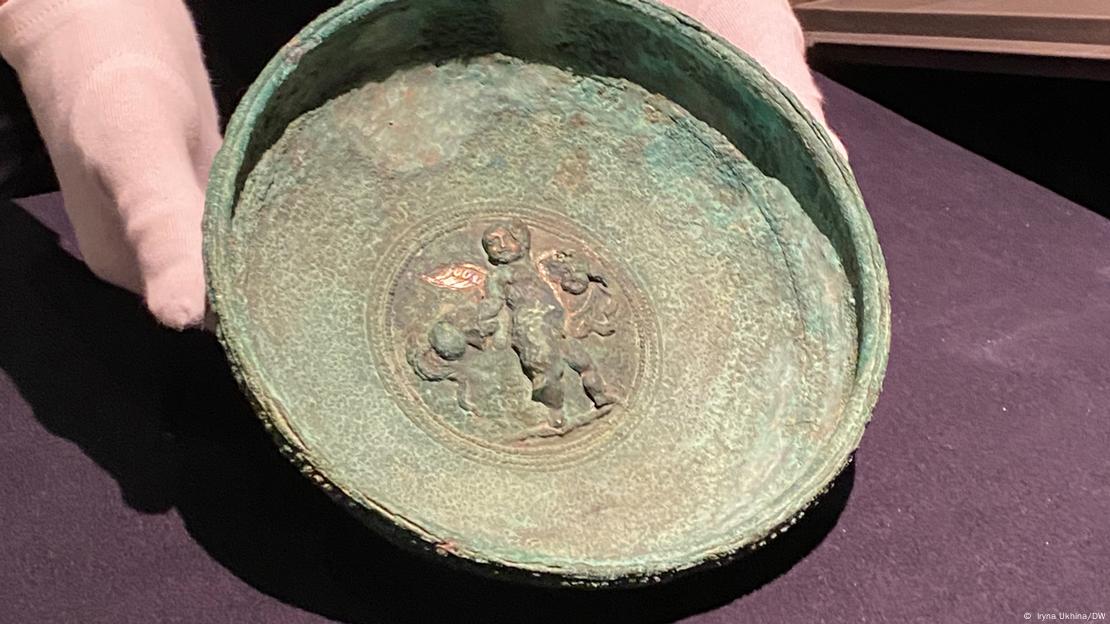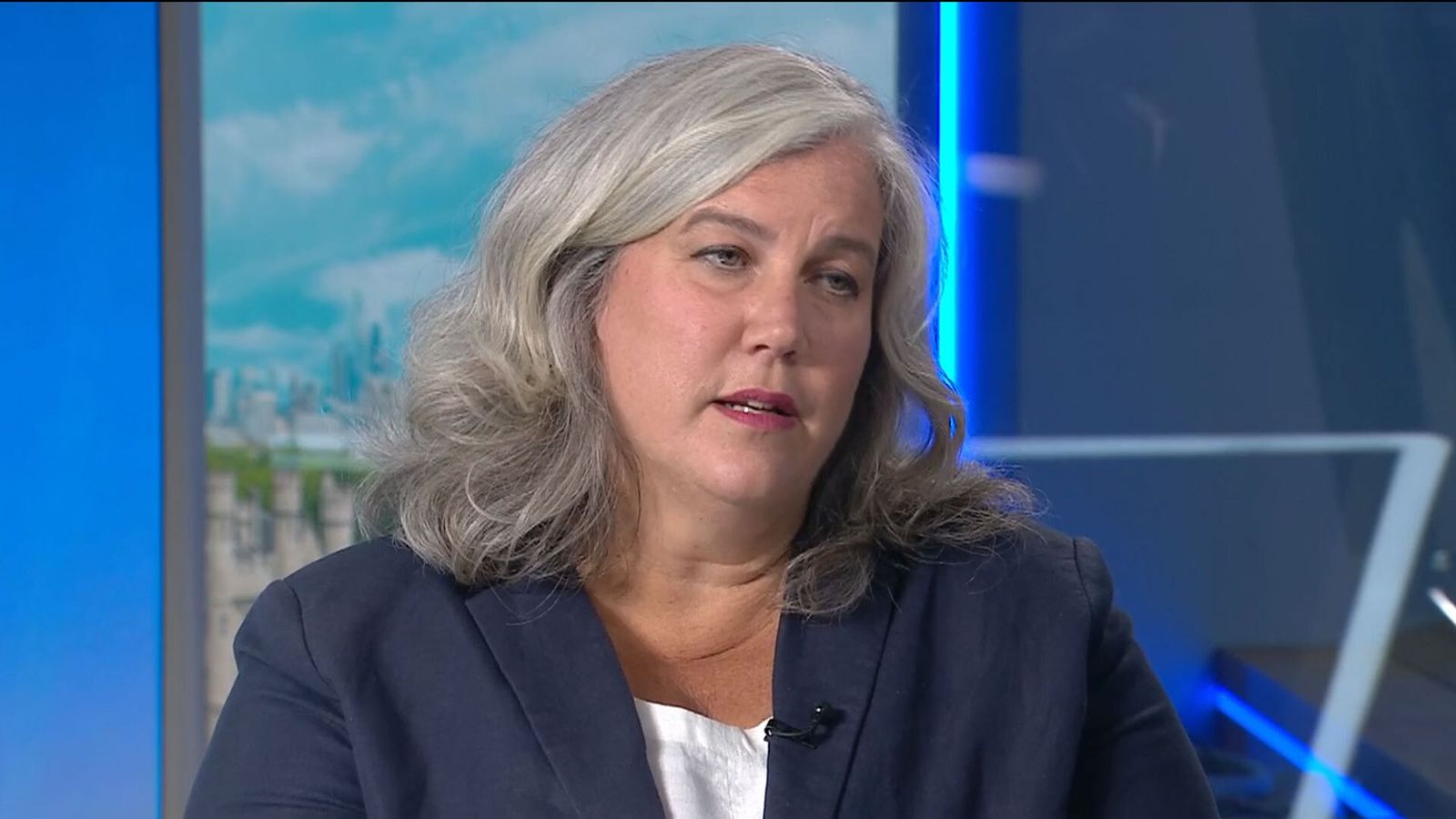Disputed Crimea gold treasures returned to Ukraine
After years of dispute with Russia, the ancient Scythian gold objects have now been returned from the Netherlands to Kyiv's National History Museum.

Artifacts from four Crimean museums, which had remained in the Netherlands following an exhibition in Amsterdam, have now all arrived in Kyiv. The National History Museum of Ukraine confirmed that information to DW. The museum says the artifacts will be kept in its collections until the liberation of Crimea.
Museum director Fedir Androshchuk emphasized that the arrival of the collection in Kyiv "places responsibility on everyone who was behind the political decision to return the collection to Ukraine. They must provide unprecedented protection as well as sufficient economic support for the National Museum."

The exhibition "Crimea: Gold and Secrets of the Black Sea" ran from February to August 2014 at the Allard Pierson Archaeological Museum in Amsterdam. The show included objects from the collections of the National History Museum of Ukraine, as well as four museums in Crimea.
Not long after the exhibition opened, Russia annexed Crimea.
Once the show closed, the Allard Pierson Museum returned the objects on loan from the collection of the National History Museum of Ukraine. But it faced conflicting claims to the other artifacts, with both Ukraine and the museums in Russian-occupied Crimea declaring ownership.
After years of litigation in the Netherlands, a court ruled that the artifacts should be transferred to Ukraine and not to the Crimean museums. The Ukrainian Ministry of Culture and Information Policy decreed that the collections of the Crimean museums had to be handed over to the National History Museum of Ukraine in Kyiv for safekeeping.

The Allard Pierson Museum says objects from the Crimean museums underwent an independent inspection in Amsterdam in November 2023 and were then carefully packed in accordance with museum rules. They were then transported to Kyiv, where experts are currently examining their condition.
Among the more than 500 artifacts, the historic collection includes Scythian and Sarmatian gold jewelry.
The Scythians were an ancient nomadic equestrian people in the steppes north of the Black Sea, in what is now Ukraine and southern Russia.
Fedir Androshchuk says, "For its part, the museum will make every effort to preserve the artifacts and ensure that citizens and guests of Ukraine can see them."
This article was originally written in Ukrainian.







